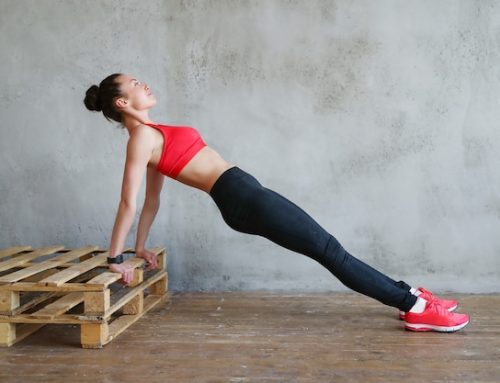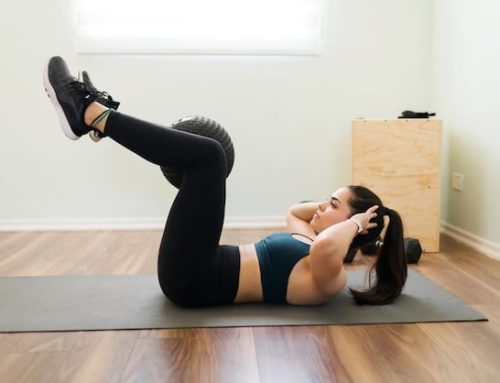The Challenge of Pull-ups and America’s Performance
Pull-ups are one of the most challenging bodyweight exercises that test your upper body strength and endurance. However, not many Americans can perform it, and statistics show that the majority cannot do even a single one. In this blog post, we will explore the significance of pull-ups, their benefits, and the percentage of Americans who can do this exercise.
What are Pull-ups and Why are they Significant?
Pull-ups are a compound exercise that targets your back, shoulders, arms, and core muscles. This exercise requires you to hang from a bar with your palms facing away from your body and then pull your bodyweight up until your chin is above the bar. Pull-ups are essential for building upper body strength, improving posture, and enhancing grip strength.
The Benefits of Doing Pull-ups
Apart from building upper body strength, pull-ups deliver numerous health benefits, including:
- Improved posture
- Stronger grip and arm muscles
- Reduced risk of injury
- Improved cardiovascular function
- Increased back and shoulder strength
What Percentage of Americans Can Do a Pull-up?
According to a research study published in the Journal of Strength and Conditioning Research, the percentage of Americans who can do a single pull-up is less than 50%. The study found that men can perform more pull-ups than women, with 18% of men and only 4% of women being able to complete the exercise.
The Importance of Improving Pull-up Performance
Improving your pull-up performance is crucial for building overall upper body strength and improving your fitness. If you can’t do a pull-up, there are many exercises you can try, such as using resistance bands, performing negative pull-ups, and incorporating bodyweight exercises that target the muscles involved in pulling.
How to Improve Pull-up Performance
To improve your pull-up performance, try incorporating the following exercises and tips:
| Exercise | Description |
|---|---|
| Negative pull-ups | Jump up and hold yourself at the top position of a pull-up, then lower yourself as slowly as possible |
| Assisted pull-ups | Use resistance bands or a pull-up machine to help with the upward motion of the pull-up |
| Bodyweight rows | Using a bar or suspension trainer, perform bodyweight rows, which target the same muscles as a pull-up |
| Lat pull-downs | Use a lat pull-down machine to strengthen the muscles involved in a pull-up |
Conclusion
Pull-ups are a challenging exercise that tests your upper body strength and endurance. Although less than 50% of Americans can perform even one pull-up, improving your pull-up performance can provide numerous health benefits and improve your fitness overall. Incorporating exercises such as negative pull-ups, assisted pull-ups, bodyweight rows, and lat pull-downs can help you build the strength necessary to master this exercise. Keep practicing, and eventually, you will be able to reach your pull-up goals!






